Generational tastes often reflect the changing cultural landscape, and nowhere is this more evident than in the kitchen. While Baby Boomers have fond memories of certain dishes that were staples of their childhoods, Gen Z seems less than impressed by these culinary relics. The foods that once brought comfort and joy now face skepticism and disdain.
This exploration of 18 such foods not only highlights the evolving palate but also offers a glimpse into the cultural shifts that influence our dining preferences. Let’s take a flavorful journey through the foods Boomers loved, but Gen Z is quick to refuse.
1. Canned Ham

Canned ham, a staple during the mid-20th century, was beloved for its convenience and long shelf life. Boomers remember it as a centerpiece of family gatherings and holiday feasts. However, Gen Z often finds the gelatinous texture and artificially salty taste unappealing. The shift towards fresh, minimally processed foods has left canned ham behind as a relic of the past. Today, the emphasis on health and quality ingredients means this once-popular dish is more likely to be found in a museum than a modern-day kitchen.
2. Jell-O Salad
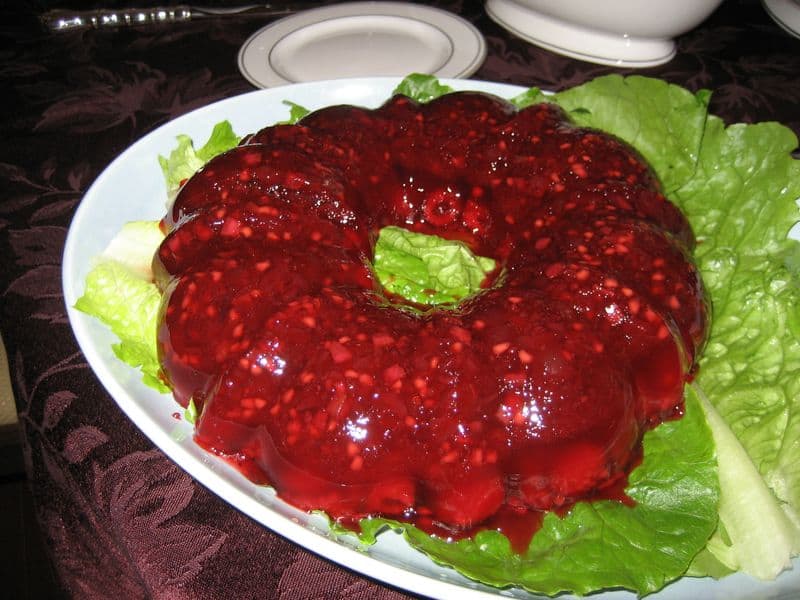
Jell-O salad, a colorful and wobbly side dish, was once a showstopper at potlucks and family dinners. Boomers enjoyed its playful appearance and sweet, fruity flavors mixed with vegetables or marshmallows. Gen Z, however, can’t get past the odd combination of sweet and savory, or the unusual texture. The rise of sophisticated, health-conscious palates has relegated Jell-O salads to quirky culinary history. Their gelatinous charm, once a symbol of creativity, now seems outdated and unappetizing to younger generations.
3. Liver and Onions

Liver and onions was a dish that many Boomers grew up eating, often prepared by their parents as a nutritious meal. The rich, iron-laden liver paired with savory onions was a common dinner choice. Gen Z, however, tends to shy away from organ meats, perceiving them as old-fashioned and unappealing. With a focus on plant-based and alternative protein sources, liver and onions have become less common on modern menus. The strong flavors and distinctive aroma that once defined comfort food now often elicit a polite “no thanks.”
4. Spam

Spam, the iconic processed meat, was a versatile pantry item for Boomers during its heyday. It found its way into countless creative recipes, from breakfasts to dinners. Gen Z’s preference for fresh and ethically sourced foods makes Spam less appealing. Concerns about its high sodium content and mystery meat reputation haven’t helped its case. While Boomers may reminisce over Spam sandwiches and casseroles, younger generations often prefer options with recognizable ingredients. Spam, once a culinary hero, now struggles to find its place in the hearts of younger eaters.
5. Ambrosia Salad
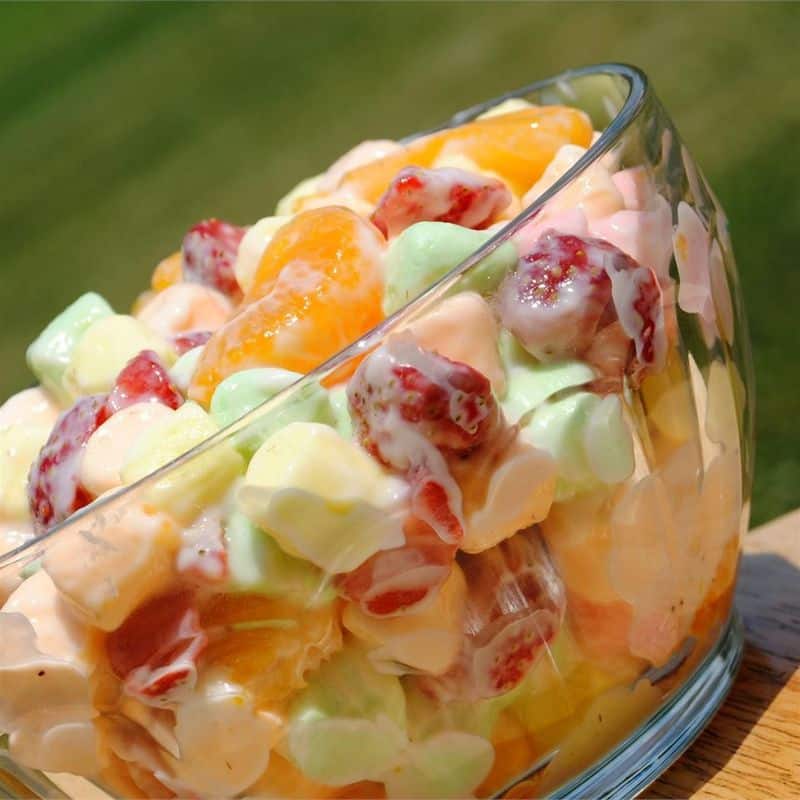
Ambrosia salad, with its mix of marshmallows, canned fruit, and coconut, was a sweet treat at gatherings and parties. For Boomers, it was a symbol of indulgence and fun. Gen Z, however, often finds the overly sweet and artificial taste off-putting. The nostalgic charm of ambrosia salad is lost amid the movement toward natural and fresh ingredients. What was once a party favorite now seems like a sugary relic from a bygone era. It stands as a testament to changing tastes and the quest for authentic flavors.
6. Creamed Chipped Beef

Creamed chipped beef, famously known as “SOS,” was a comfort food for many Boomers, especially those with military ties. This creamy, savory dish served over toast has a rich history but often leaves Gen Z unimpressed. The heavy cream sauce and salty beef embody a bygone era’s love for hearty, filling meals. Today, lighter and more diverse cuisines dominate, leaving creamed chipped beef to be fondly remembered by some but rarely enjoyed by new generations. The shift towards lighter fare makes this dish a rare find in contemporary kitchens.
7. Aspic
Aspic, a savory gelatin dish often encasing meats or vegetables, was once a culinary art form. Boomers appreciated its elegant presentation and versatility at formal gatherings. Gen Z, however, typically views aspic with skepticism. The concept of suspended food in a gelatinous state seems more science experiment than delicacy to younger tastes. Modern dining trends favor simpler, more direct flavors, leaving aspic in the realm of culinary curiosities. For those raised on avocado toast and poke bowls, aspic feels like a perplexing page from history.
8. Cottage Cheese and Pineapple
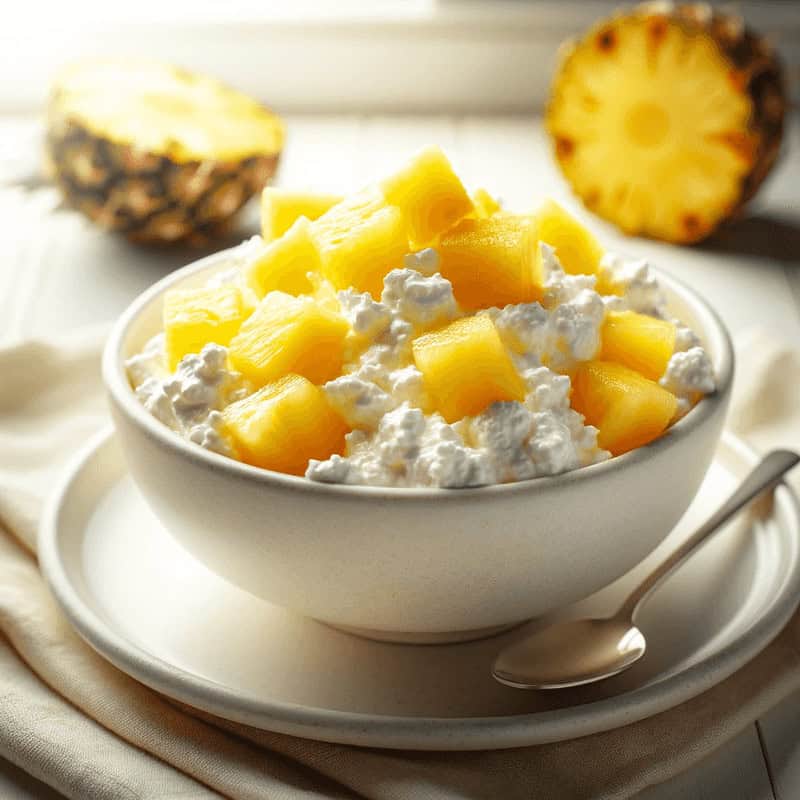
Cottage cheese and pineapple was a popular health-food combination that Boomers often enjoyed for breakfast or as a light snack. The creamy, tangy cheese paired with sweet pineapple offered a contrast of flavors. Gen Z, however, may find the texture off-putting and favor trendier superfoods instead. The pairing, once seen as a wholesome choice, now feels outdated amidst today’s diverse culinary landscape. As tastes evolve, cottage cheese and pineapple are often replaced by smoothie bowls and avocado toast in younger generations’ diets.
9. Tuna Casserole
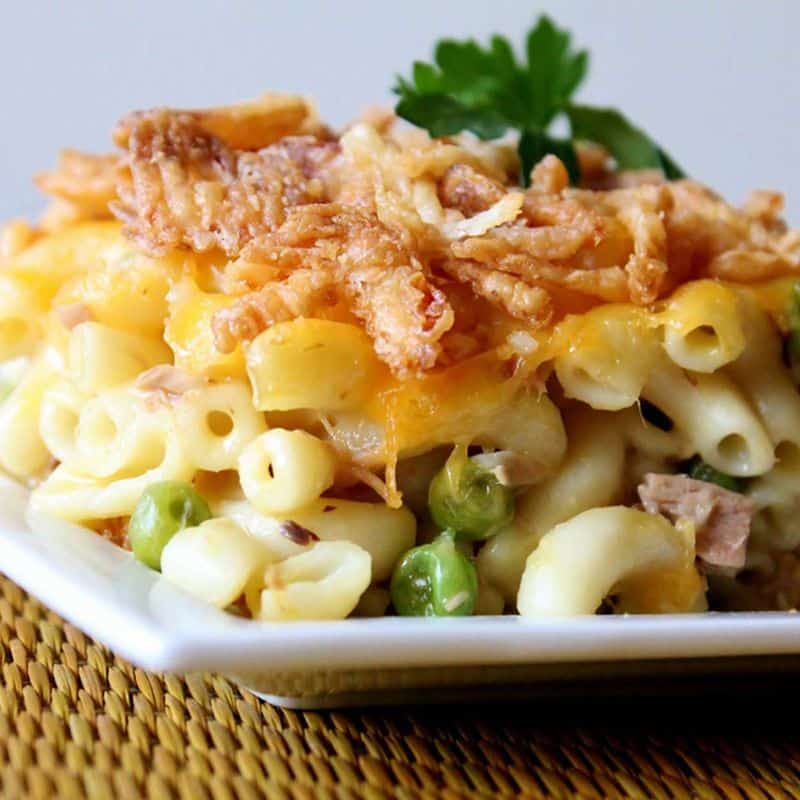
Tuna casserole, a comforting and economical dish, was a staple in many Boomer households. The combination of tuna, noodles, and creamy sauce was both filling and affordable. Gen Z, however, often turns their noses up at the thought of canned tuna mixed into a hot dish. The rich, heavy casserole doesn’t align with current health trends, which emphasize fresh, vibrant ingredients. Today, lighter and more diverse choices are preferred, leaving tuna casserole as a nostalgic memory rather than a menu regular for younger generations.
10. Fruit Cake

Fruit cake, dense and rich with candied fruits and nuts, was a holiday tradition for Boomers. Often gifted and regifted, its place in seasonal celebrations was almost guaranteed. Gen Z, however, tends to avoid this heavy, overly sweet treat. The mixture of textures and the intense sweetness are not appealing to modern tastes. As fresher and lighter desserts become more popular, fruit cake is often seen as an antiquated choice. This once-cherished holiday staple now often ends up as a comedic punchline rather than a dessert highlight.
11. Deviled Ham
Deviled ham, a processed meat spread, was a convenient sandwich filler for many Boomers. Its spicy, savory flavor was a quick fix for lunches and picnics. Gen Z, however, usually opts for fresher and more natural spreads, viewing deviled ham as overly processed. Concerns about additives and the desire for recognizable ingredients have pushed this classic to the sidelines. The preference for transparency in food production means deviled ham is less likely to appear in the shopping carts of younger consumers. It remains a nostalgic memory for some.
12. Olive Loaf
Olive loaf, a deli meat with embedded olives, was a lunchbox staple for Boomers. The combination of salty olives and processed meat offered a unique flavor. Gen Z, however, often prefers more natural and artisanal deli options. The idea of meat with embedded olives seems unusual, and the processed nature doesn’t appeal to health-conscious younger eaters. As deli meats become more gourmet, olive loaf struggles to find its place. It remains a quirky food memory rather than a regular choice for today’s more discerning palates.
13. Pimento Cheese
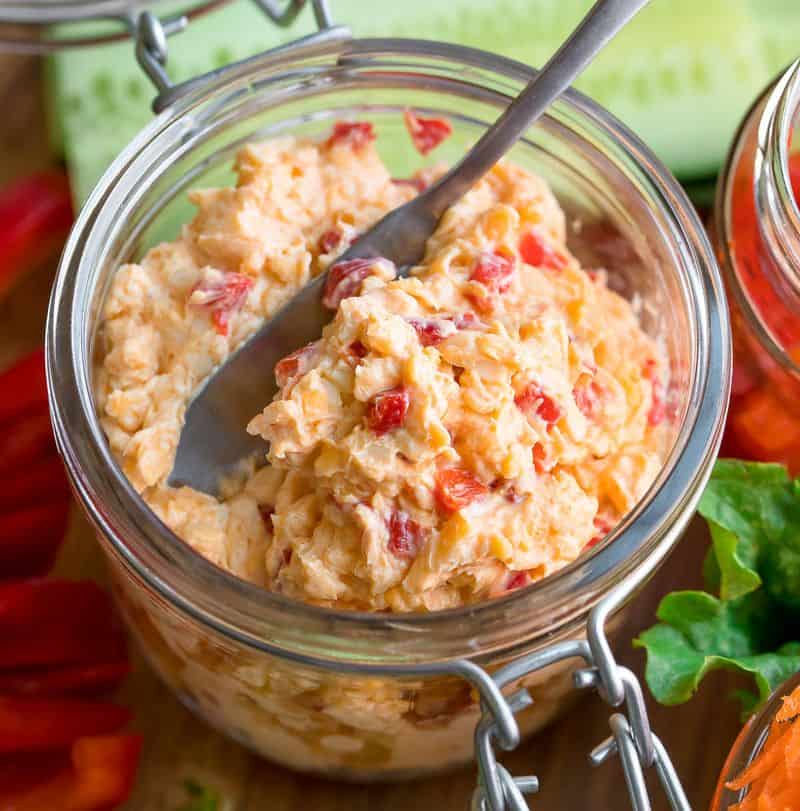
Pimento cheese, a tangy cheese spread with red pimentos, was a Southern favorite among Boomers. Often served as a dip or sandwich filling, its creamy texture was beloved by many. Gen Z, however, might find the processed cheese base unappealing, preferring fresher options. The shift towards whole foods and transparent ingredients makes pimento cheese less popular. While Boomers may reminisce about pimento cheese sandwiches, younger generations often opt for avocado toast or hummus instead. The nostalgic spread faces stiff competition from modern culinary trends.
14. TV Dinners

TV dinners, a novelty in convenience and modern living, were popular among Boomers who embraced the ease of pre-packaged meals. These compartmentalized trays offered a complete meal in minutes. Gen Z, however, often finds TV dinners unappealing due to their processed nature and lack of fresh ingredients. The modern focus on home-cooked, nutritious meals makes these frozen options less desirable. While Boomers may recall the excitement of TV dinners, younger generations typically seek fresher, more personalized dining experiences. The allure of TV dinners has faded in favor of healthier choices.
15. Grape Jelly Meatballs

Grape jelly meatballs, a quirky appetizer, were a party favorite among Boomers. The sweet and savory combination was a hit at gatherings and potlucks. Gen Z, however, often finds the use of grape jelly in savory dishes unusual. The modern preference for more refined flavor profiles makes this classic dish less appealing. Today’s food trends lean towards fresh and new taste experiences, leaving grape jelly meatballs as a nostalgic curiosity. The blend of flavors once celebrated now seems out of step with contemporary culinary expectations.
16. Mock Apple Pie

Mock apple pie, famously made with Ritz crackers instead of apples, was a creative dessert option during times of scarcity. Boomers appreciated its ingenuity and surprising likeness to real apple pie. Gen Z, however, may find the concept baffling, preferring actual fruit in desserts. As culinary standards evolve, authenticity in ingredients becomes more valued. While mock apple pie stands as a testament to resourcefulness, younger generations often prefer genuine flavors and ingredients. The pie’s historical charm is recognized, but it’s rarely embraced in today’s kitchens.
17. Bologna Sandwich

Bologna sandwiches, a simple and economical choice, were a lunchbox staple for Boomers. The familiar taste of bologna and cheese between slices of bread was quick and satisfying. Gen Z, however, often seeks more sophisticated and health-conscious options. The processed nature of bologna doesn’t align with the fresh, wholesome ingredients that are now favored. As modern diets emphasize natural foods, bologna sandwiches are often replaced by gourmet wraps and artisanal fillings. While Boomers might recall them fondly, they are less likely to be found in contemporary menus.
18. Prune Whip
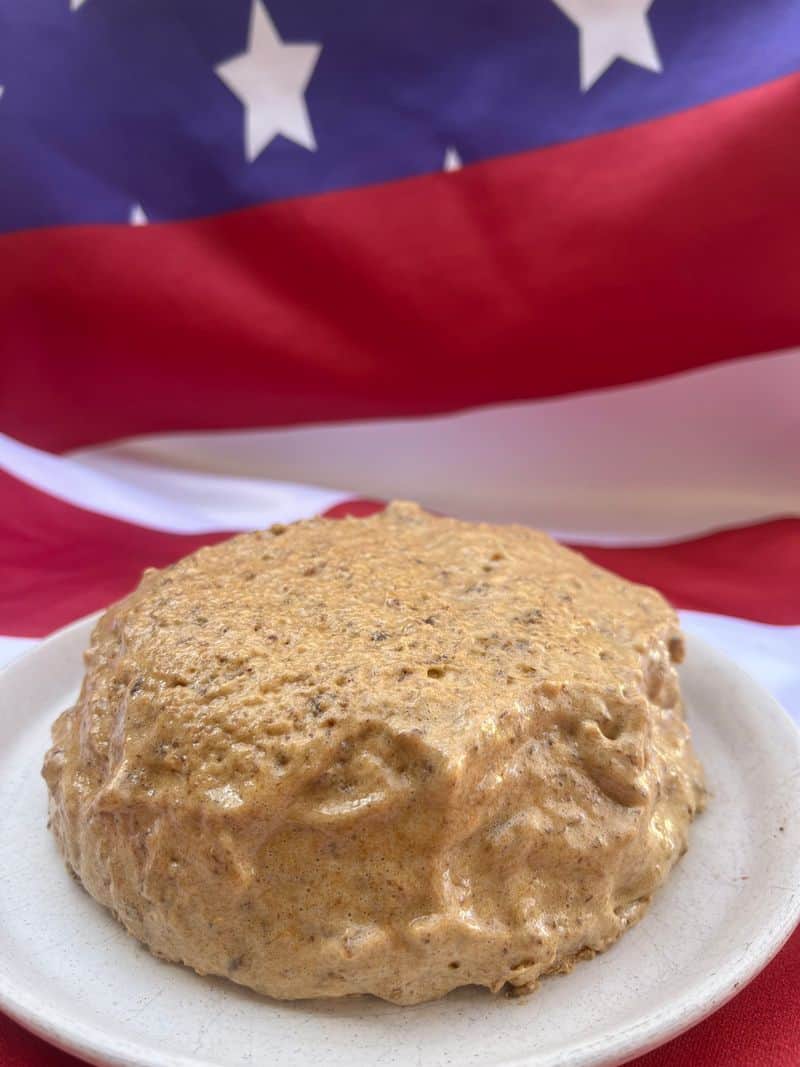
Prune whip, a light and airy dessert made from prunes and whipped cream, was a classic choice for Boomers seeking a sweet treat. Its unique flavor and texture made it a memorable dessert. Gen Z, however, often looks for more innovative and diverse dessert options. The idea of prunes in dessert seems dated compared to modern trends emphasizing fresh fruit and exotic ingredients. While prune whip once satisfied sweet cravings, it now appears as a relic from a simpler culinary time. It remains a nostalgic memory rather than a popular choice.

Well, hello there!
My name is Jennifer. Besides being an orthodontist, I am a mother to 3 playful boys. In this motherhood journey, I can say I will never know everything. That’s why I always strive to read a lot, and that’s why I started writing about all the smithereens I came across so that you can have everything in one place! Enjoy and stay positive; you’ve got this!

